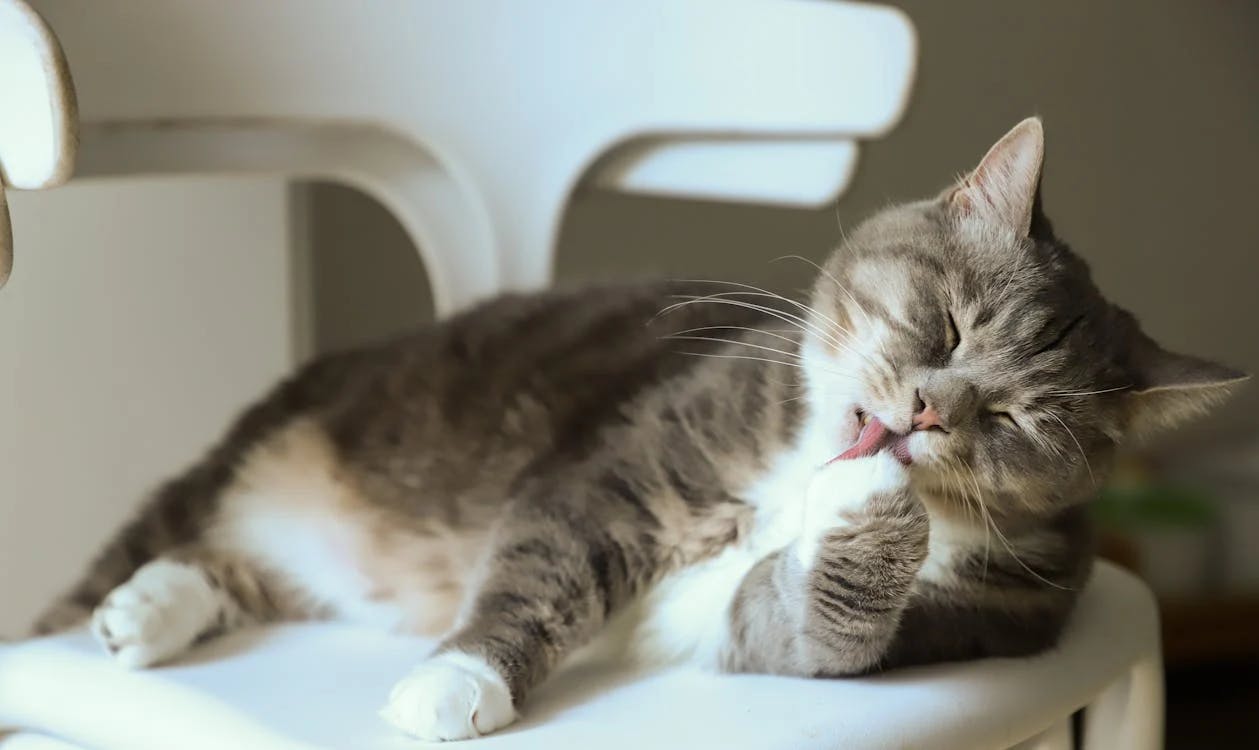The Mysterious World of Cats: 5 Fascinating Facts About Feline Behavior
Cats are among the most popular pets worldwide, known for their mysterious and often enigmatic behaviors. Understanding these behaviors can enhance the bond between cats and their owners. Here are five fascinating facts about feline behavior that every cat owner should know.
1. Purring: More Than Just Contentment
While most people associate purring with a cat's contentment, cats also purr for other reasons. Purring can be a sign of stress, pain, or even a mechanism for healing. The low frequency of purrs helps cats soothe themselves and may even promote bone and tissue regeneration.
Example:
- A cat might purr when cuddling with its owner and when visiting the vet, indicating different emotional states.
2. Kneading: A Comforting Behavior from Kittenhood
Kneading is a common behavior seen in cats, where they push their paws in and out against a soft surface. This behavior originates from kittenhood when kittens knead their mother’s belly to stimulate milk flow. In adulthood, cats often knead to show contentment, mark their territory with scent glands in their paws, or prepare a soft spot for resting.
Example:
- Your cat may knead your lap before settling down for a nap, using the behavior as a way to relax and express affection.
3. Slow Blinking: A Sign of Trust and Affection
Cats communicate their trust and affection through slow blinking. This behavior is often referred to as a "cat kiss." When a cat looks at you and blinks slowly, it's a sign of comfort and love. You can reciprocate this gesture to strengthen your bond with your cat.
Example:
- Try slow blinking at your cat when you are calmly sitting together to see if they return this gesture of affection.
4. Chattering: Hunting Instincts in Action
If you've ever noticed your cat making a chattering sound while looking out the window, they are likely expressing their hunting instincts. This behavior is often triggered by the sight of birds or squirrels. The chattering is thought to be linked to the excitement of the hunt and the frustration of not being able to chase the prey.
Example:
- Observe your cat when it spots a bird outside; the rapid jaw movement is the cat's natural hunting instinct expressing itself.
5. Hiding: A Natural Instinct for Safety and Comfort
Cats are both predators and prey in nature, and their instinct to hide is a survival mechanism. Hiding allows cats to escape perceived dangers and feel secure. Providing hiding spots in your home can help your cat feel more comfortable and reduce stress.
Example:
- Notice when your cat chooses to retreat to a quiet, enclosed space during loud events or when unfamiliar guests visit.
Understanding these behaviors can greatly enhance the way we interact with our feline friends, making our homes happier and more comforting for them. If you're curious about more intricate details of your cat's behavior or need specific advice, Mavyn offers both AI and human expert services. Chat with Mavyn GPT or connect with a human expert to dive deeper into the fascinating world of your pet.
